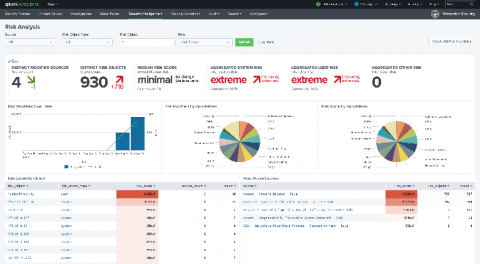The PS5 Launch Breaks The Internet
It’s PS5 launch day and dedicated fans have been queuing all morning to get their hands on the limited number of consoles available. So far, we’ve seen John Lewis, Tesco, Currys PC World, Game and Argos struggle under the enormity of tens of thousands of visitors. John Lewis was offline entirely while those with a queuing system in place found that slowing the flow of traffic alone was not enough to protect retailers from over selling stock.










